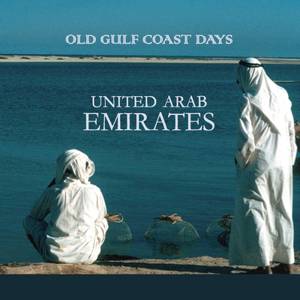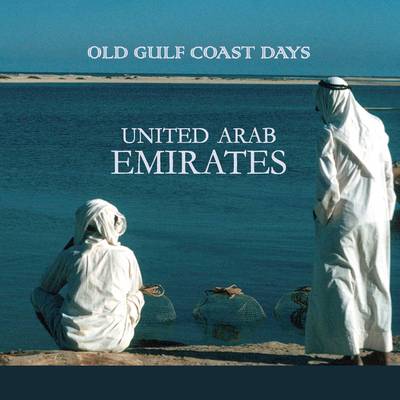
- Afhalen na 1 uur in een winkel met voorraad
- Gratis thuislevering in België vanaf € 30
- Ruim aanbod met 7 miljoen producten
- Afhalen na 1 uur in een winkel met voorraad
- Gratis thuislevering in België vanaf € 30
- Ruim aanbod met 7 miljoen producten
Omschrijving
The United Arab Emirates is a federation of seven sheikhdoms located on the western shore of the Persian Gulf: Abu Dhabi, Dubai, Sharjah, Ajman, Umm al-Qawain, Ras al-Khaimah and Fujairah on the Arabian Sea coast. Historically known as the Trucial States, the region enjoyed British protection until the rulers shelved differences and amalgamated as the UAE in 1971.
Before the discovery of oil, people lived at subsistence level. The men moving between inland oases for the annual date harvest and to the coast for work as fishermen and pearl divers. In the desert hinterland, they lived in tents while simple palm frond shacks provided basic housing by the sea. When crude oil exports from the largest emirate Abu Dhabi began in 1962, life began to change; the economic affects were enormous, but the social affects of this swift transition were equally so as the Bedouin swapped nomadism for an urban lifestyle. Real development- roads, housing, hospitals and schools - was well underway by the 1980s. Dubai had always prospered from a buoyant maritime trade. The small emirates benefited from the munificence of Sheikh Zayed bin Sultan al-Nahyan, ruler of Abu Dhabi and the first president of the UAE, who declared that "Money is of no use unless it is used for the benefit of the people."
Australian photojournalist Christine Osborne is author of The Gulf States & Oman examining the impact of oil on development and social change in the Arab States of the Gulf.
Specificaties
Betrokkenen
- Auteur(s):
- Uitgeverij:
Inhoud
- Aantal bladzijden:
- 54
- Taal:
- Engels
- Reeks:
Eigenschappen
- Productcode (EAN):
- 9780992324063
- Verschijningsdatum:
- 28/07/2022
- Uitvoering:
- Paperback
- Formaat:
- Trade paperback (VS)
- Afmetingen:
- 165 mm x 165 mm
- Gewicht:
- 86 g

Alleen bij Standaard Boekhandel
Beoordelingen
We publiceren alleen reviews die voldoen aan de voorwaarden voor reviews. Bekijk onze voorwaarden voor reviews.











